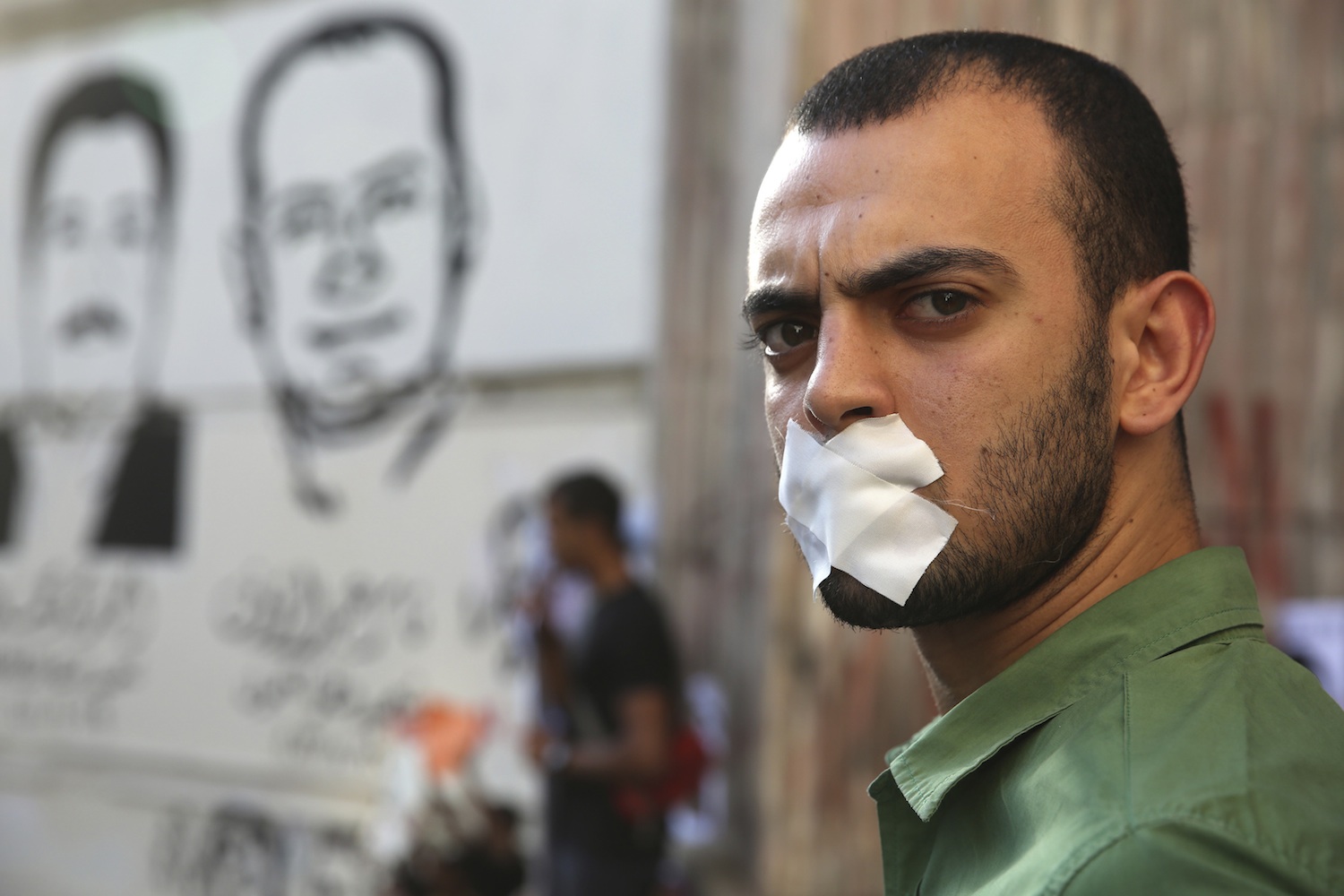UNESCO marked the second annual International Day to End Impunity for Crimes Against Journalists (IDEI) on Monday in commemoration of journalists and media personalities who have been killed on the job. The day, made official by a United Nations General Assembly resolution, is in honor of the assassination of two journalists in Mali on November 2, 2013. The resolution condemns violence against journalists and media workers, while also urging member states to prevent violence against journalists and to bring to justice those responsible for attacks when they do occur. In a statement about IDEI, UNESCO stated it is working with its field offices across the globe and with various partners and stakeholders to ensure higher levels of safety for journalists, while also advocating for the importance of bringing their killers to justice. According to statistics from UNESCO, the past decade has witnessed over 700 journalist deaths, with 540 of them occurring over the past six years. The same statistics state that 2012 was the most dangerous year for media workers, where 123 journalists were killed. Today, an average of one journalist is killed every five days. Of these killings, only 6…
UNESCO Marks Second Annual Day to End Impunity for Crimes Against Journalists
November 2, 2015



